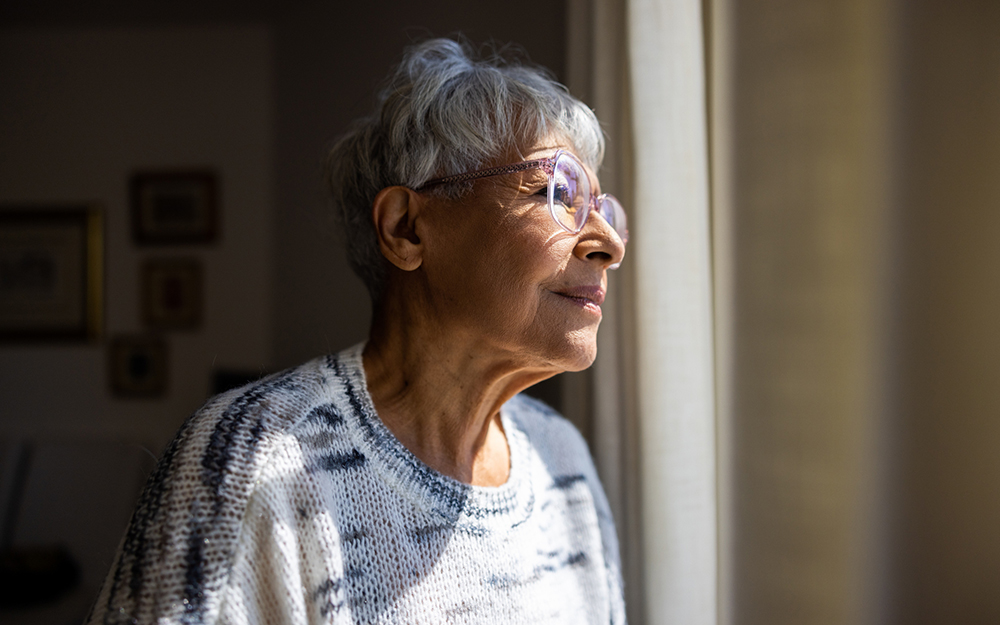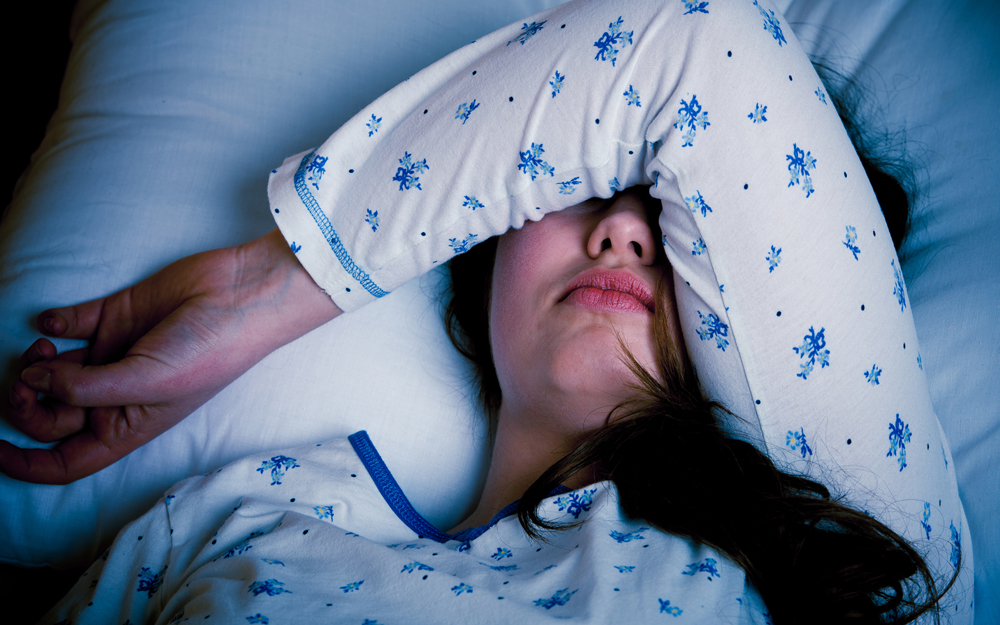Differences Between a Stroke and a Seizure
Date
August 6, 2021

Date
August 6, 2021
Credits
Medical providers featured in this article
In Brief
{{cta-block}}

A stroke happens when blood flow to the brain is interrupted. A seizure occurs when the brain experiences a surge of electrical activity.
For easy reference, think of it this way. Stroke: blood. Seizure: electricity.
Both involve a disruption of normal activities in the brain and come on as attacks. They can be mild or severe, and both have a known set of symptoms. Confusion and loss of muscle control are signs of a seizure. The trouble is that they can also be signs of a stroke.
How can we tell them apart? Neurologists Dr. Lisa Bateman and Dr. Shlee Song provide guidance that could save a life.

What are the different kinds of strokes and seizures?
Dr. Shlee Song (SS): More than 80% of strokes are ischemic, which is when a blood clot or a chunk of plaque travels to the brain. In hemorrhagic strokes, an artery in the brain bursts, causing blood to spill into surrounding tissue. In both cases, the result is a loss of blood supply in parts of the brain.
Dr. Lisa Bateman (LB): Seizures are also divided into two main types: Focal seizures happen in one side of the brain, while generalized seizures involve both sides at once. Epilepsy is a tendency to have repeated seizures.
For seizures as well as strokes, symptoms can include signs that are not well-known at all, so it's important to know the range of things to look for.
What are the major symptoms?
SS: Many people only recognize sudden numbness on one side of the body as a sign of stroke. In one survey with 72,000 respondents, fewer than 40% were aware of all the major symptoms or knew when to call 911. Be prepared, because strokes usually happen without warning and you have to act quickly.
The most common signs are sudden facial drooping, an arm hanging down, numbness on one side of the body and slurred speech or inability to speak properly. The acronym "BE FAST" is an easy way to remember. It stands for Balance, Eyes (vision loss), Face, Arm, Speech—and Time, because it's essential to call 911 right away if you suspect a stroke.
Doctors often say that "time is brain." The longer the brain is deprived of blood flow, the higher the risk of death or permanent damage.
LB: When people think of someone having a seizure, they imagine uncontrolled, jerking movements. That's one of the big symptoms, but it doesn't always happen.
There are other signs, and they depend partly on whether you're having a focal or generalized seizure. Unlike strokes, seizures have a beginning, middle and end, although the whole thing happens very fast, usually lasting from 30 seconds to two minutes in total. You may exhibit one, several or all of these symptoms:
- A sense of deja vu, impending doom, euphoria or other unusual sensations
- Sensitivity to light, changes in sense of smell or seeing or hearing things that others don't
- Confusion and agitation
- Changes in speech
- Loss of coordination or balance
- Inability to interact normally with your environment
- Loss of consciousness, either fainting or not being aware of what's going on around you
- Unusual and repetitive behaviors such as lip smacking, running, screaming, crying, laughing or undressing and dressing
- Uncontrolled movements, often in a jerking motion
- Exhaustion, headaches, body aches and memory loss after the event
How dangerous are strokes and seizures?
SS: In general, strokes are more serious. About 11% of victims don't survive, making stroke the fifth-leading cause of death in the U.S., but the first leading cause of disability in adults. Without prompt attention, a stroke can cause permanent problems with thinking and movements controlled by the region of the brain that was harmed.
LB: While a single seizure is not usually fatal on its own, people with epilepsy run a higher risk of untimely death. Having an attack while driving or swimming, for example, can be fatal. Seizures that are associated with brain tumors or other medical conditions, including certain mental illnesses, are linked to increased mortality as well.
There is also a rare condition called sudden unexpected death in epilepsy (SUDEP), in which someone with epilepsy who might be otherwise healthy dies suddenly. About 1 in 1,000 people with epilepsy die each year from SUDEP, the leading cause of death in people with epilepsy.
"While a single seizure is not usually fatal on its own, people with epilepsy do run a higher risk of untimely death."
Who is at risk?
SS: Like many health conditions, the risk of stroke goes up with age, but 35% of people who are hospitalized for a stroke are younger than 65. People with heart disease or high blood pressure are especially at risk.
Prevention is your best bet, which means seeing your doctor for regular screenings for conditions such as high blood pressure, diabetes and high cholesterol, maintaining a healthy weight, eating well and getting exercise.
LB: Seizures can happen at any age and aren't easy to predict or prevent. In fact, some 10% of the population will have a seizure at some point in their life.
Anything that disrupts the normal connections between nerve cells in the brain can trigger an episode. This includes a high fever, alcohol or drug withdrawal, a concussion or a sharp rise or fall in blood sugar.
"Like many health conditions, the risk of stroke goes up with age, but 35% of people who are hospitalized for a stroke are younger than 65."
What shall I do if I think one of these things is happening to me or someone I love?
SS: Call 911 immediately and say, "I think I am having a stroke" or tell them if your loved one is. Stay with the person until medical help arrives. While you're on the phone, the dispatcher will ask you questions about symptoms, including when they started. Follow instructions and answer as accurately as you can. Also, follow these guidelines:
- Do not let the person go to sleep
- Do not let the person talk you out of calling 911
LB: Try to gently move the person having a seizure to the floor and place them on their side, but don't force or restrain them. The attack should pass in less than two minutes. You can then help the person seek medical care.
A seizure that lasts longer than five minutes is always a medical emergency and requires calling 911. If someone has shorter seizures that come back to back, is injured or is having trouble breathing, they should get immediate help as well.
For both conditions:
- Move sharp or dangerous objects away from the person
- Do not try to put anything in their mouth, including medicine, food or water
What medications and treatments exist?
SS: Clot-busting medication or tissue plasminogen activators can stop or reverse damage of a stroke, but they have to be taken within a few hours of the start of symptoms.
Some patients may be candidates for advanced therapies offered at Cedars-Sinai, such as endovascular treatments. This can involve removing a clot or fixing an aneurysm. Here too, the sooner the treatment begins, the higher the chance of a good outcome.
LB: When a seizure occurs, some nerve cells get overactive and conduct too much electricity, activating other nerve cells. Anti-seizure medications can stop this process.
Some patients who don't respond to medicines may be candidates for advanced treatments, such as epilepsy surgery or electrical stimulation therapies offered at Cedars-Sinai.
Dr. Song is a neurologist specializing in stroke and serves as director of the Stroke Program at Cedars-Sinai.
Dr. Bateman is a neurologist specializing in epilepsy and serves as director of the Surgical Epilepsy Program at Cedars-Sinai.





